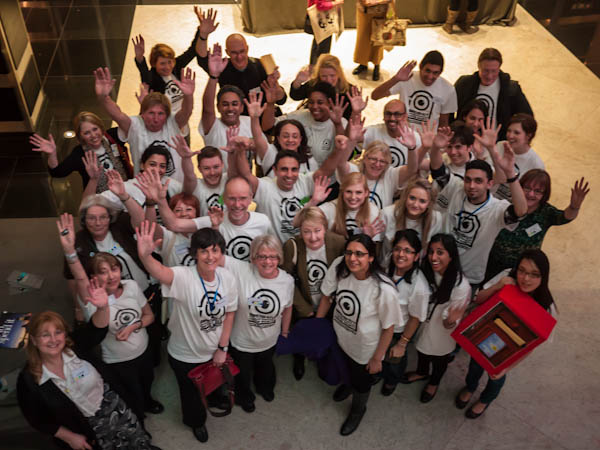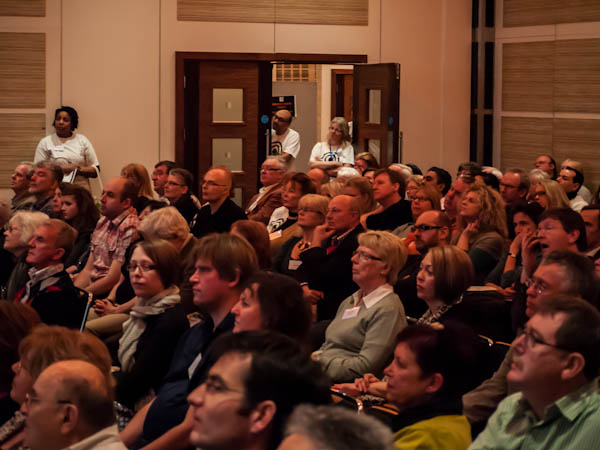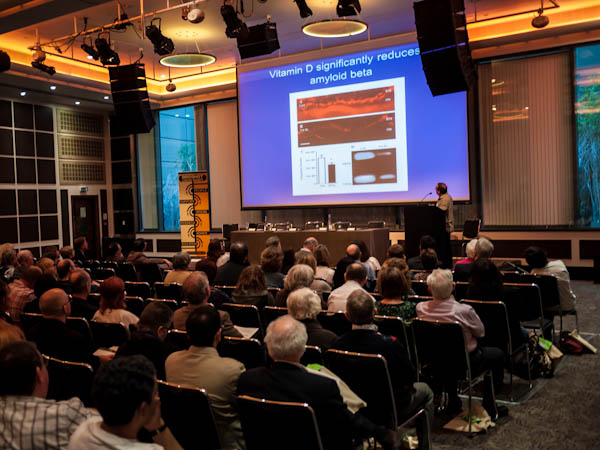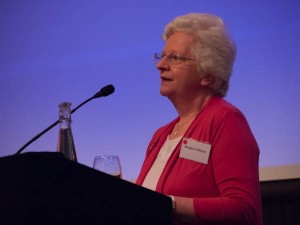Dear Birdshot Friends
If you haven’t registered yet for the Birdshot Day and you want to come, please do so now. We are supposed to finalise numbers this week and we don’t want you to be disappointed.
For your information we will be sending the following information to you by email later in the week, and by post for those who don’t use email.
But here is a preview of what we are going to send.
BUS is really looking forward to the event and hope that it will be an enjoyable and informative occasion.
This event will be held in the Wren Suite at the Grange St Paul’s Hotel, 10 Godliman Street London EC4V 5AJ. The Wren Suite is situated on -2 (minus 2) floor which you reach via the lift. BUS helpers will be in the main hotel foyer wearing BUS T-shirts to direct you to the conference.
On separate sheets we attach a map and details of how to get to the hotel and also a copy of our programme together with a list of exhibitors and sponsors. (The programme and list of exhibitors could still change.)
Registration for the Birdshot Day will start at 9.30 am and the conference will be opened by Mike Brace CBE at 10.30.
We recommend that you arrive in good time because we have planned a busy day for you which we really hope you will enjoy as well as find useful.
We plan to do a bit of fund-raising on the day so that we can start raising money for the Birdshot Biobank research which we need to get started. For example there will be a raffle with a number of very attractive prizes. A separate letter will be sent to you giving you further details.
On arrival you will be asked to fill in a pre-event questionnaire. So that it is easier for you to complete, you might like to give some thought in advance about how you might answer some of the questions. For example, why you have come to the Birdshot Day, what you think research for Birdshot should focus on, what you think is the worst thing about Birdshot.
We are going to be filming the conference and a DVD will be produced for training purposes. The filming and web streaming are unlikely to include you, as they will focus on the speakers, however, there is always the chance that you might be included in one of the shots. We require your permission to include you in the film so, at registration, you will be asked to complete a consent form. If you do not wish to be filmed, please let us know at birdshot@live.co.uk and also when you register, so we can make appropriate arrangements.
Please do let us know if there is anything else you may need in order to attend this day.
We have been very lucky to receive sponsorship from a variety of organisations, which means we are able to hire the venue, provide refreshments and lunch for free.
All of the speakers – patients and professionals, have given their time at no charge.
Please bring with you a pen so you can fill in the paperwork. Please also bring in a USB storage stick if you want to take away images of your eyes that you can have taken with the unique OPTOS scanners. This takes no more than 5 minutes and gives a complete scan of your eye, without having to have your eyes dilated! Rea and I had our eyes scanned at the Euro Retina conference and were most impressed. We were even more delighted when OPTOS accepted our invitation to join our event on 3rd March and gave us very generous sponsorship as well.
Please email us, should you need any further information at birdshot@live.co.uk.
We do look forward to seeing you all.
ANNIE AND REA




